Discovering Children
Discovering Children: endings
Reading groups are a great opportunity to cultivate their passion, but also to increase their critical eye. Whether it is a book read individually or if you look for books illustrated on a particular theme, the equal climate with which you discuss and place yourself before the various books enriches every person who accepts to work and invest time on a topic , a page, an illustration.
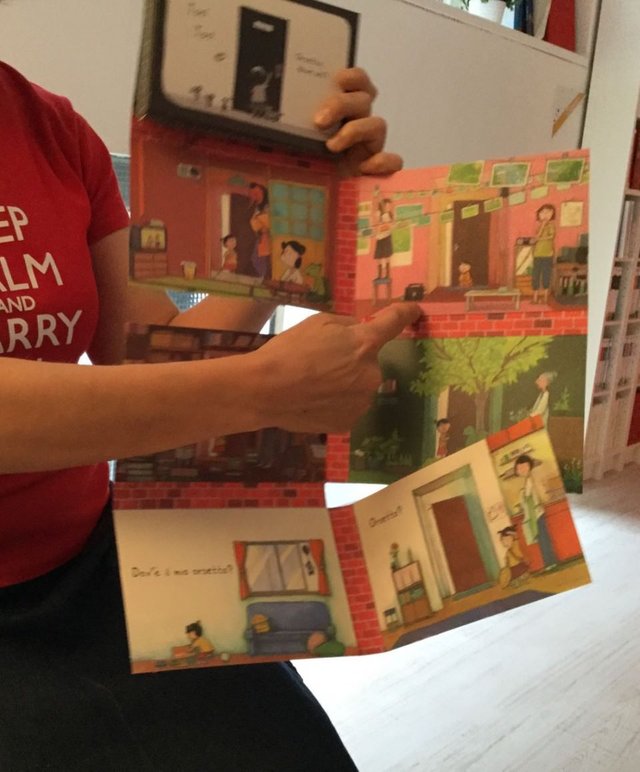
DISCOVERING CHILDREN: HOME
An example that has always struck me in my meetings of Discovering Children is that if at the beginning the issues addressed in the different groups always concern fairly common topics (" mother ", " wolves ", " grandparents " ...), with the time is ventured on cross-cutting themes (red, German , black, silence, endings) that, if at the moment they are frightening, turn out to be sources of great discoveries. The fundamental requirement for this to happen, however, is the desire to study and reflect, and this is why theme by subject, I have always tried to propose to the meetings of Discovering Children a starting point for reflection, a small seed that could give a different point of view.
This is not about training (which must have a completely different structure and a radically deeper approach to matter!), But reflection and cooperative learning must in any case be guided in an interesting and non-neutral way, so that everyone's resources can be activated. .
In particular, the theme "risguardi" was extremely interesting for me, because in the long journey of my studies and my teaching of language and literature I have always tried to bring attention to those parts of the book that are technically considered paratext , ie "Complementary" to the text ( for the first rudiments read this article by Anna Castagnoli about the illustrated books). The book object is composed of different parts and it is not true that the form that it takes from time to time is irrelevant: the content is certainly the beating heart, but the title page, the title, the index, the dedication ... are all elements that allow the book itself to present itself, to talk about itself and to whom the book has done so in an intimate and perhaps less striking way, but not for this less important.
So it was in the eighteenth-century texts and still is, and the endpapers of the books are an interesting example.
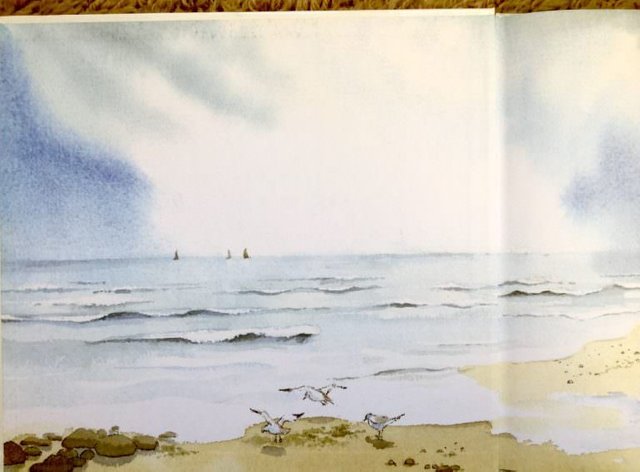
The flyleaf , the folded sheet that is glued to the back of the plate for half of the surface on the back of the plate and a strip of about one centimeter on the first and last sign thus allowing the book block to be held on the cover. the reader in the book and dismisses it at its conclusion, joining the cover to the pages: it is the threshold of the book.
Unlike the text, which enjoys a certain freedom, the paratext and, in particular, the endings (or gazes) must respect some very rigid technical constraints and in part, unfortunately, are considered expendable or irrelevant.
In many cases, the looks are simple white or neutral colored sheets that go unnoticed , in others, for example, the layout of the texts overflows the number of pages typographically allowed (multiples of 4) and the last banner is printed as if it were a page of the text, leaving a sense of sudden interruption. In other cases, for the same reason, the initial flyleaf houses the dedication, the colophon ... becoming in fact a service page .
Leaving aside these particular but not rare cases, I would like to offer you some examples of what the different types of looks can tell you, when - we would say linguistically - they are significant, that is when they offer meaning to the reader:
In apparently simpler cases, the considerations assume the responsibility of introducing a taste, a sensation, a color, a quid that characterizes and characterizes the story in a peculiar way, through the choice of a color or a geometric pattern. I think of the fluorescent orange of Beatrice Alemagna in A great day of nothing or the linear plots in The Christmas of Marguerite . In this case, the looks are the frame that enhances the work contained.
Of the same genre, but bearers of a more markedly narrative desire are the cases in which the choice of initial looks, while maintaining a decorative style , deviates from the final ones. In Vazio the rhomboid stamping turns into hearts, in What is twenty-one by twenty-eight centimeters? Gaia Stella "takes measurements" with a weaver meter that ideally wraps the text in its entirety. Beatrice Alemagna, after giving us the bright flavor of the protagonist with the fuchsia at the opening of The Wonderful Ciccia Pelliccia , concludes with a final group photo.
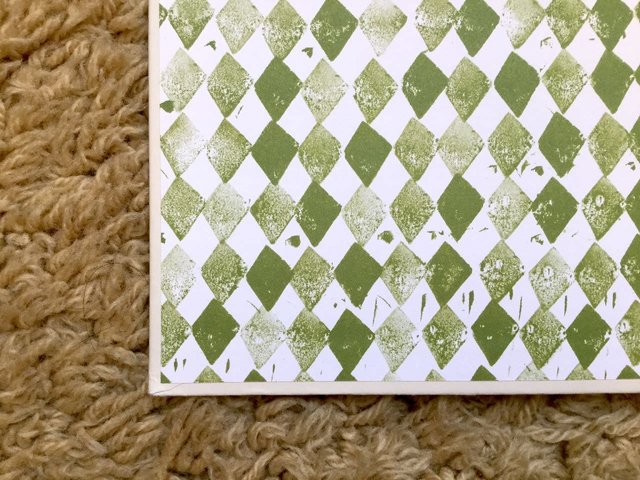
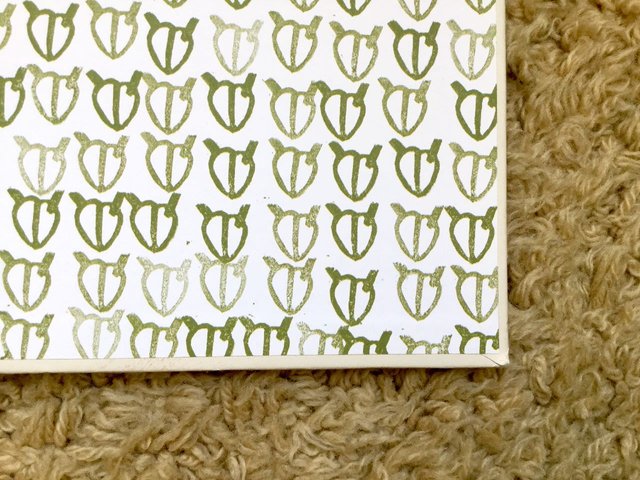
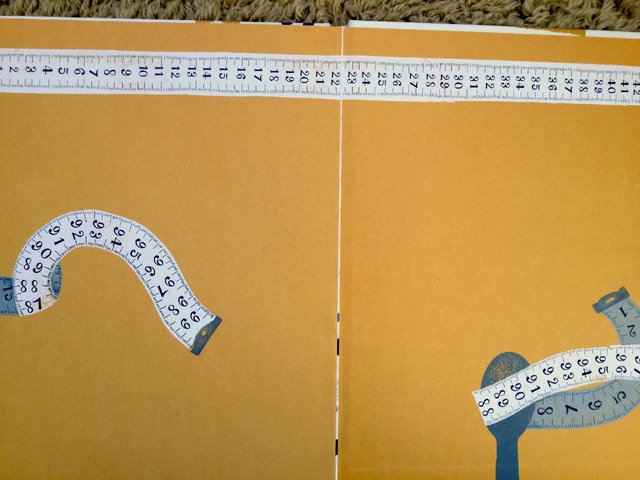
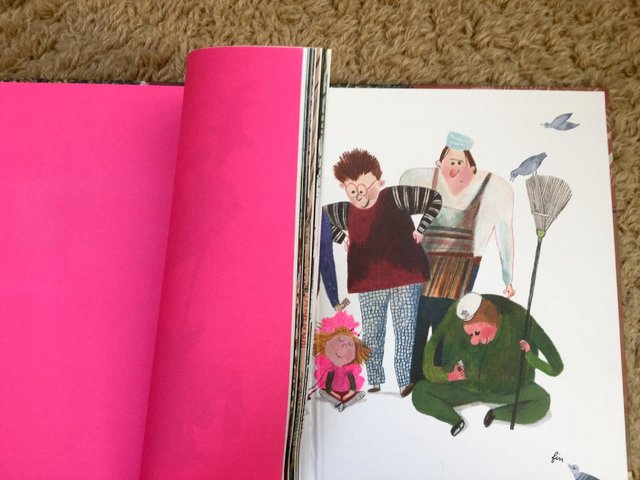
The introductory role also includes the cases of presentation of the characters, as in a sort of theatrical canvas. The most curious example is certainly that of Di here we do not pass .
In silent books, often in wimmelbuch, these spaces are used as solutions to questions that the text poses directly or indirectly: Guess who has found Geretto Muller's Orsetto is the most striking example. In books with a popular format, on the other hand, detailed information can be found, as in the case of the matching game present in La festa delle frutti . In this case the function of the glances is that of an explanatory text that we will entrust to the footnotes in an argumentative text.
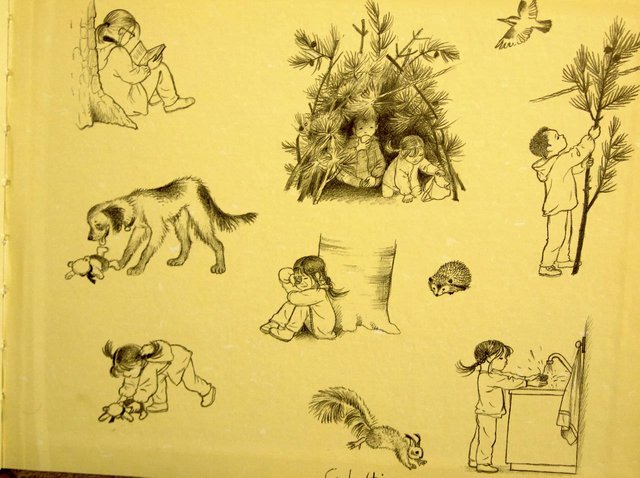
- In more elaborate cases the endings tell the background of the story, the actions and the events considered preparatory to the intrusion of the narration and its conclusion : fundamental in this case is to appreciate / notice the change that takes place in the initial and final looks.
They can be referred to in a circular way as in the case of A hunting of the bear where the change of the same background tells the passage of time and a narrative fulfillment or in a very similar way in The wind where the change of a detail summarizes the whole story.
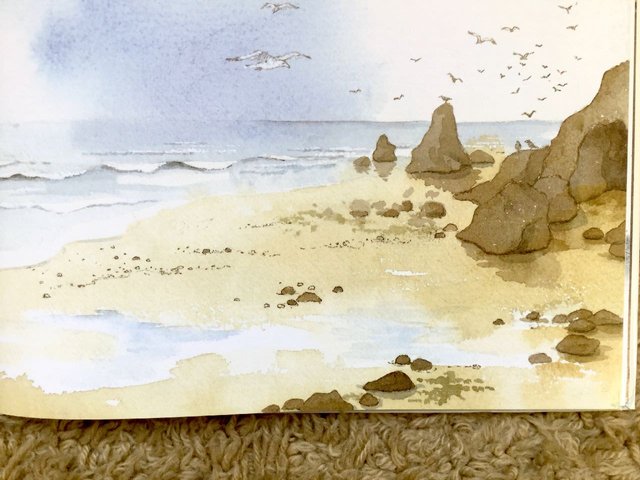
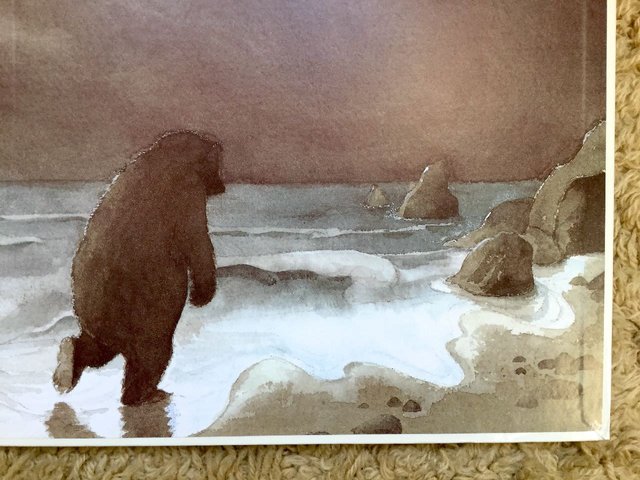
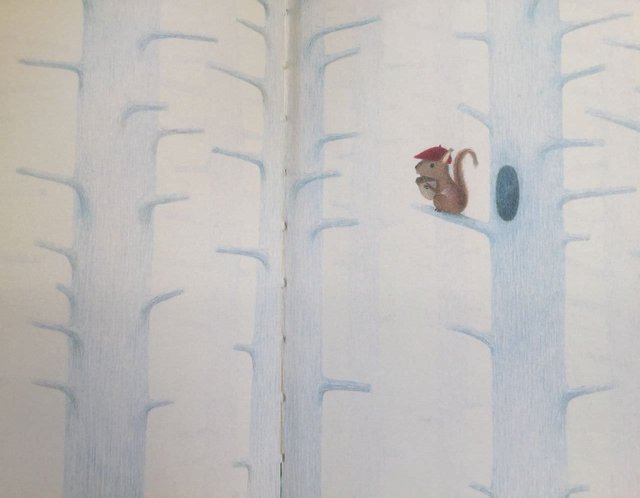
In other cases they can also trace a progressive path as it happens in Ask me what I like where at the pre-narrative introductory moment, followed in the background the naturalistic dream abandonment to the dream.
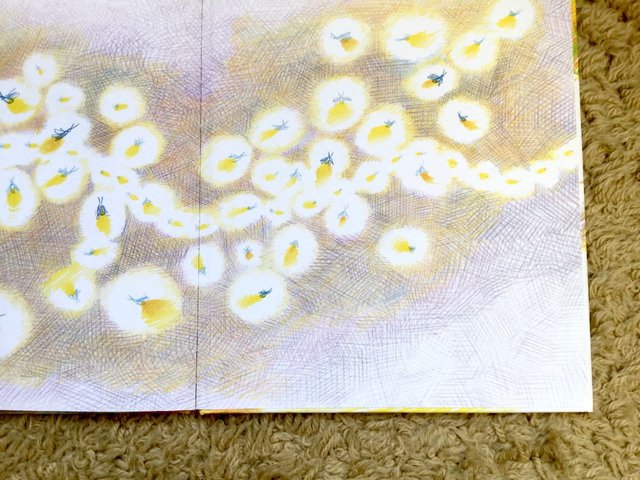
Or mark the external narrative frame , as in the case of Suzy Lee Lines .
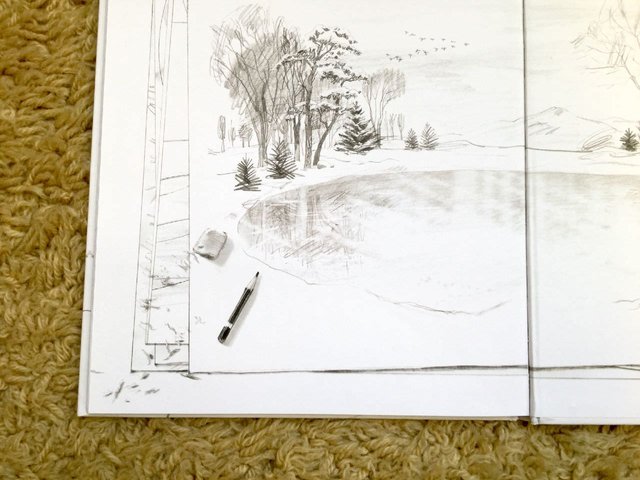
In short, learning to read a book is not just a matter of knowing how to decipher the alphabet and, while ignoring the reading of images (which alone deserves and deserves a long disquisition!), The book tells us many things about themselves through the choices considered ancillary and that if observed with curiosity they allow to enjoy more deeply the meaning that only the details can convey.